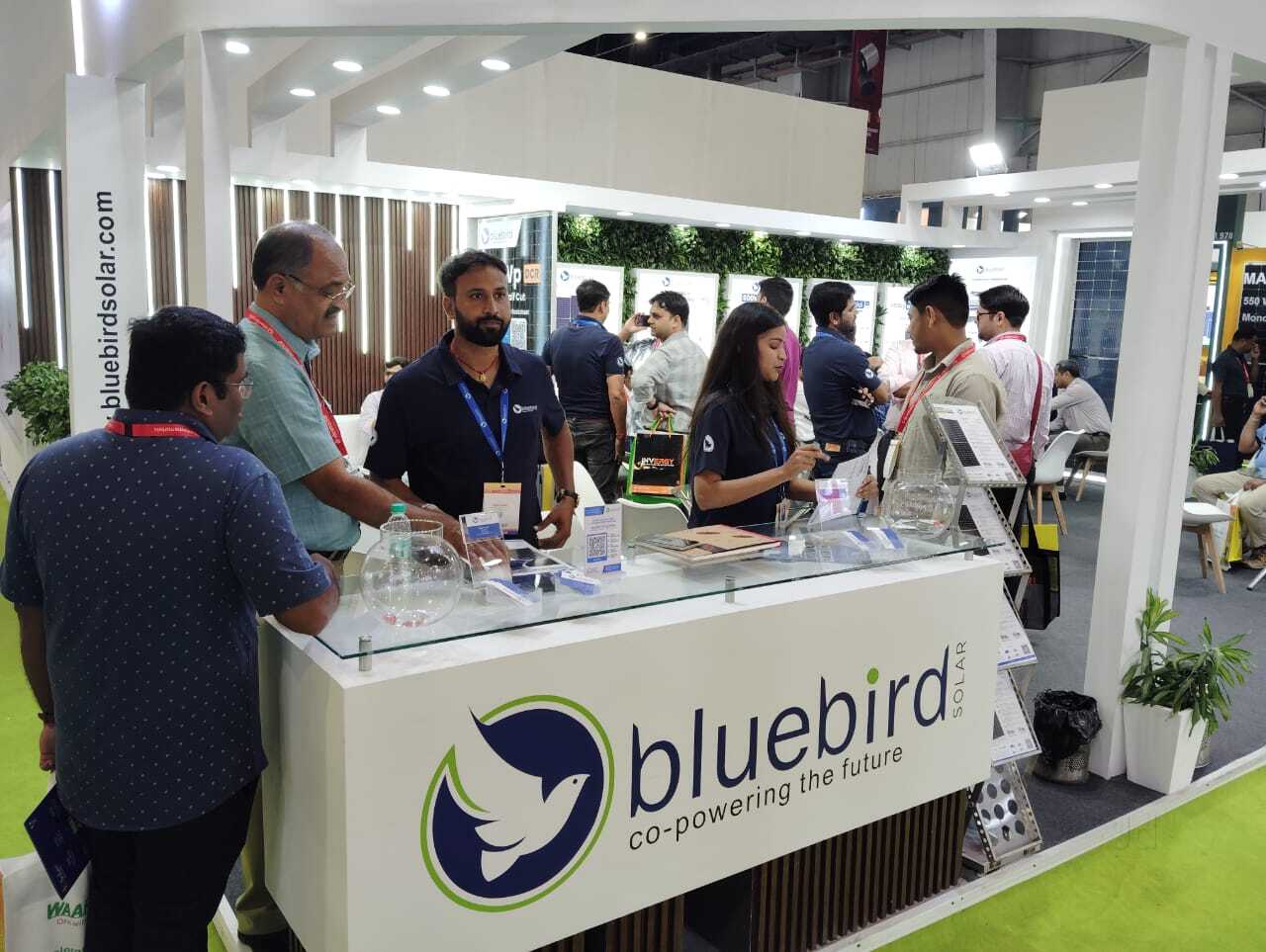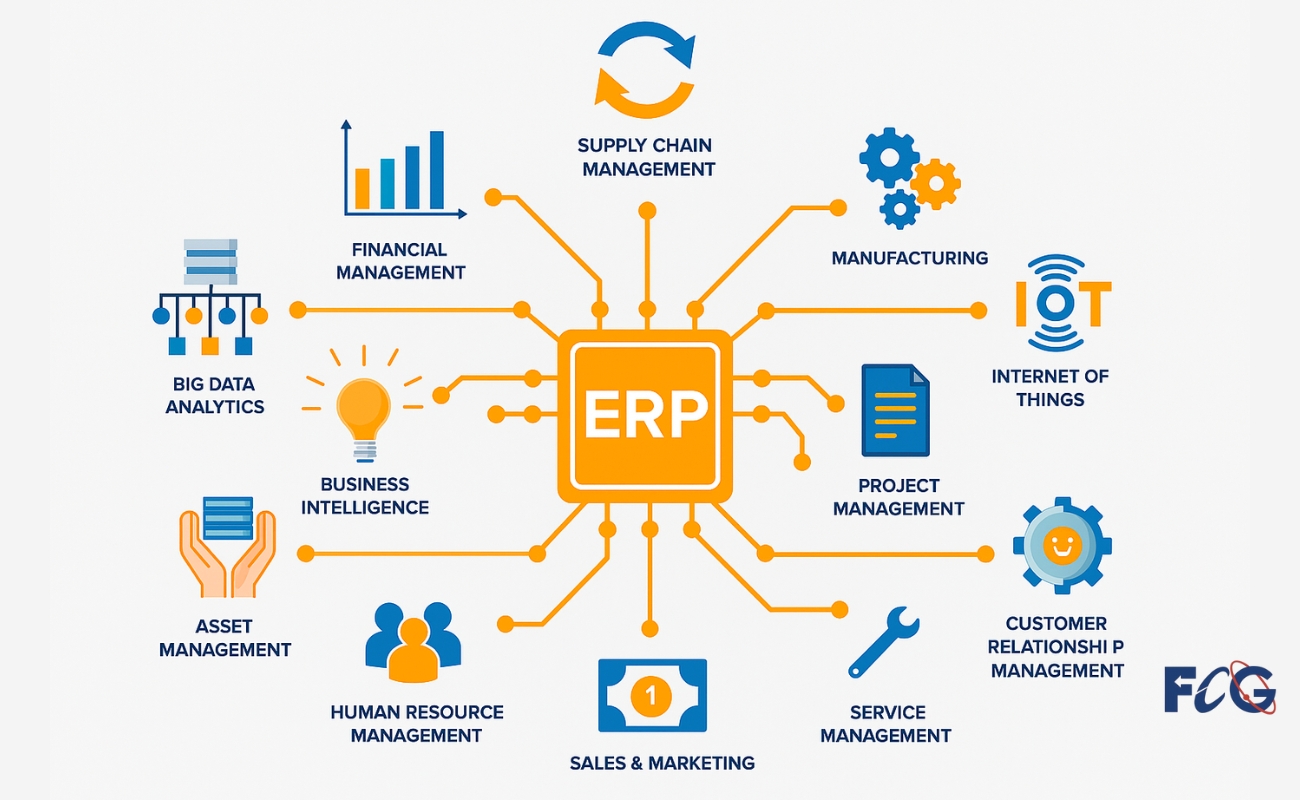Rooftop Solar Installations Under Pradhan Mantri Solar Yojana
The Government of India has taken several progressive steps to harness solar energy and reduce the nation’s dependence on fossil fuels. Among the most significant initiatives is the Pradhan Mantri Solar Yojana, also known as the PM Surya Ghar Muft Bijli Yojana. This scheme promotes solar energy adoption, particularly for residential consumers, through rooftop solar installations. This article provides a comprehensive overview of rooftop installations under the Pradhan Mantri Solar Yojana, highlighting benefits, subsidy details, eligibility, and the role of solar module manufacturers in India clean energy transition.
What is the Pradhan Mantri Solar Yojana?
The Pradhan Mantri Solar Yojana is a central government initiative aimed at empowering Indian households by enabling them to generate their own electricity using solar panels installed on rooftops. The scheme not only contributes to a greener environment but also helps reduce the electricity bills of consumers, especially in rural and semi-urban areas. Under this scheme, subsidies are provided to homeowners for installing rooftop solar systems.
In 2024, this scheme was revamped and relaunched as the PM Surya Ghar Muft Bijli Yojana, targeting 1 crore households to receive free electricity up to 300 units per month through government-supported rooftop solar installations.
Rooftop Solar: A Smart Choice for Indian Households
Rooftop solar systems are compact solar photovoltaic (PV) installations mounted on residential buildings. They convert sunlight into electricity, which can either be used for self-consumption or supplied to the grid under net metering.
Key Advantages of Rooftop Solar Installations:
- Reduced Electricity Bills: Homeowners can drastically reduce or even eliminate their electricity bills.
- Government Subsidies: Up to ₹78,000 in subsidy is available under the PM solar yojana.
- Environmental Benefits: Solar power reduces carbon emissions and reliance on coal-based power plants.
- Low Maintenance Costs: Once installed, rooftop systems require minimal maintenance.
- Increase in Property Value: Homes equipped with solar systems are more attractive to buyers.
How the PM Solar Yojana Supports Rooftop Installations
The scheme aims to make rooftop solar installations affordable and accessible, particularly for middle- and lower-income households. The government has established a straightforward online portal where homeowners can apply for rooftop solar and receive their subsidy directly in their bank account.
Subsidy Structure Under PM Surya Ghar Muft Bijli Yojana (as of 2024):
| System Capacity | Subsidy Amount |
| Up to 2 kW | ₹30,000 per kW |
| Above 2 kW and up to 3 kW | ₹18,000 per kW (for additional 1 kW) |
| Maximum Subsidy | ₹78,000 |
This subsidy is available only for residential consumers, and the solar panels must be Made in India, ensuring support for domestic solar panel manufacturers.
Eligibility for Rooftop Solar Subsidy
To avail benefits under the Pradhan Mantri Solar Yojana, the following eligibility criteria must be met:
- The applicant must be an Indian citizen and a homeowner.
- The rooftop solar system should be installed on a residential property.
- Net metering should be implemented.
- The system must be installed through a registered vendor listed on the national portal.
- Only grid-connected systems are eligible.
Steps to Apply for Rooftop Solar Under PM Solar Yojana
The government has launched an online unified platform to streamline the rooftop solar application process. Here’s a step-by-step guide:
- Register on the Portal: Visit the PM Surya Ghar Portal and sign up using your electricity connection details.
- Submit Application: Choose an empanelled vendor and apply for rooftop solar installation.
- Approval and Installation: Once approved by the DISCOM (electricity provider), the installation can be carried out.
- Net Metering: A bi-directional meter is installed to track solar power usage and export.
- Inspection and Commissioning: The DISCOM verifies the system and issues a commissioning certificate.
- Receive Subsidy: Upload the necessary documents to the portal. Subsidy is transferred directly to the consumer’s bank account within 30 days of verification.
Role of Solar Panel Manufacturers in India
The PM Surya Ghar Muft Bijli Yojana gives a strong push to the Make in India initiative by making it mandatory to use DCR (Domestic Content Requirement) compliant solar panels. This benefits local manufacturers significantly.
Key Contributions:
- Boost to Manufacturing Sector: Increases demand for solar PV modules, leading to job creation and innovation.
- Quality Assurance: Encourages high-standard production to meet government criteria.
- Affordable Pricing: Competitive pricing makes rooftop solar more accessible.
Top solar panel manufacturers in India, including names like Bluebird Solar, Tata Power Solar, and Vikram Solar, are actively supporting the government’s vision through quality products and EPC services.
Impact of Rooftop Solar Under the PM Solar Yojana
The scheme has started showing tangible outcomes across the country:
- Savings for Households: Monthly electricity savings between ₹1,000 to ₹2,000 depending on system size.
- Decentralized Power Generation: Reduces pressure on the central grid and transmission losses.
- Climate Action: Contributes to India’s renewable energy target of 500 GW by 2030.
- Employment: Creates jobs in solar installation, maintenance, and manufacturing.
Challenges in Rooftop Solar Adoption
Despite its benefits, rooftop solar faces certain challenges:
- Lack of Awareness: Many eligible households remain unaware of the scheme.
- Upfront Cost: Although subsidies reduce the cost, initial investment can still be a hurdle.
- Vendor Credibility: Unreliable vendors may delay installation or provide poor-quality systems.
- Grid Limitations: In some rural areas, weak grids can affect solar system efficiency.
To address these issues, continuous awareness campaigns and stricter vendor vetting are required.
Future Outlook
The Indian government is determined to accelerate rooftop solar adoption. The PM Surya Ghar Yojana is a game-changer, and with the right implementation, it can:
- Empower millions of families to generate free electricity.
- Reduce the country’s power deficit.
- Strengthen India’s position as a global clean energy leader.
As solar technology becomes more efficient and affordable, rooftop solar will become a common feature of Indian households.
Conclusion
Rooftop solar installations under the Pradhan Mantri Solar Yojana are paving the way for an energy-independent and sustainable India. By providing substantial subsidies, a simplified application process, and ensuring local manufacturing participation, the government is making it easier for Indian families to switch to clean energy. The benefits are not only economic but also environmental, contributing to a greener future for the nation.
Whether you’re a homeowner looking to cut electricity bills or a solar industry stakeholder, the time is now to embrace rooftop solar and support the vision of a self-reliant solar-powered India.













